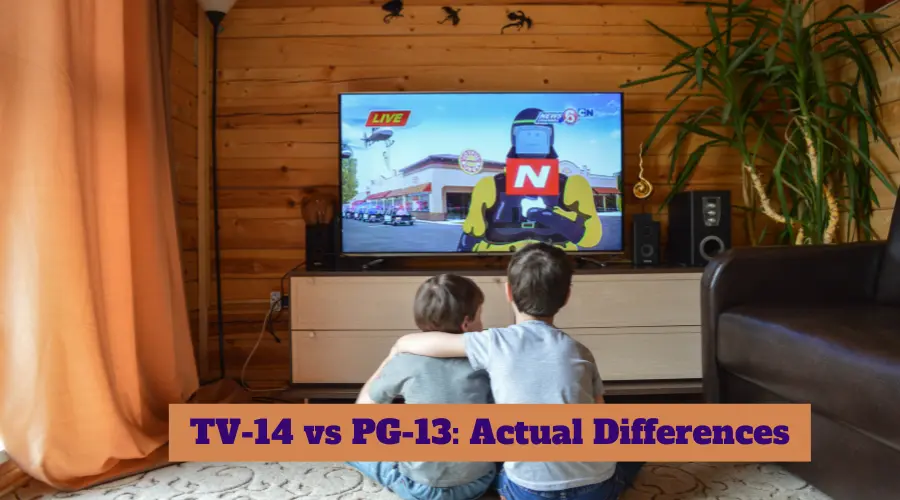The Difference between TV-14 and PG-13 Ratings

The Entertainment Software Rating Board (ESRB) assigns the ratings for video-games and the Motion Picture Association of America (MPAA) assigns the ratings for movies, both of which involve a process of content analysis to determine the appropriateness of the content. Two of the most commonly used ratings among these rating systems are TV-14 and PG-13, which are commonly associated with television shows and movies respectively. Understanding the key distinctions between these two ratings provides insight into the content presented in different types of media and how age groups can be protected from inappropriate content.
Overview of the TV-14 and PG-13 Ratings
TV-14 and PG-13 are key ratings among various rating systems used to rate various types of media. TV-14 is a rating often used to classify television programs, while PG-13 is commonly used for films. Both the Motion Picture Association of America and the Entertainment Software Rating Board assign these ratings, which provide the audience an idea of the viewing or playing experience they can expect from specific content.
Differences Between TV-14 and PG-13 Ratings
TV-14 and PG-13 ratings are both considered moderate ratings and are typically used to indicate that some content may be inappropriate for children under the age of 13. However, there are a few key differences between the two ratings. TV-14 programs feature more mature content such as violence, sexual dialogue, and suggestive references. On the other hand, PG-13 films are considered less mature and may not contain explicit sexual content or violence. The key difference then lies in the level of explicitness of the content.
Guidelines Used to Assign Ratings
The Motion Picture Association of America and the Entertainment Software Rating Board both use various guidelines to assign the ratings. For example, the MPAA identifies various issues and topics in films such as violence, sexual scenes, and profanity when assigning the rating. Meanwhile, the ESRB assesses numerous factors such as game visuals, interactivity, and player direction when making decisions.
Significance of Rating Differences
The TV-14 rating and the PG-13 rating are important distinctions because they help audiences understand the appropriateness of content for the age group in which it is intended. In general, those that are under the age of 13 should not be exposed to content that has been rated TV-14 or higher. This helps to protect against the types of content that may be more offensive or detrimental to younger viewers, such as violence, explicit sexual content, and other inappropriate topics.
Summary of TV-14 vs. PG-13
In summary, TV-14 and PG-13 ratings are two important classifications used to help audiences determine the appropriateness of content. The main differences between the two ratings lies in the manner of explicitness featured in the program or movie. The Motion Picture Association of America and the Entertainment Software Rating Board use various guidelines to assign the ratings which help identify the topics featured in each program or movie. This allows audiences of all ages to make informed decisions about the type of content they will view or play.






